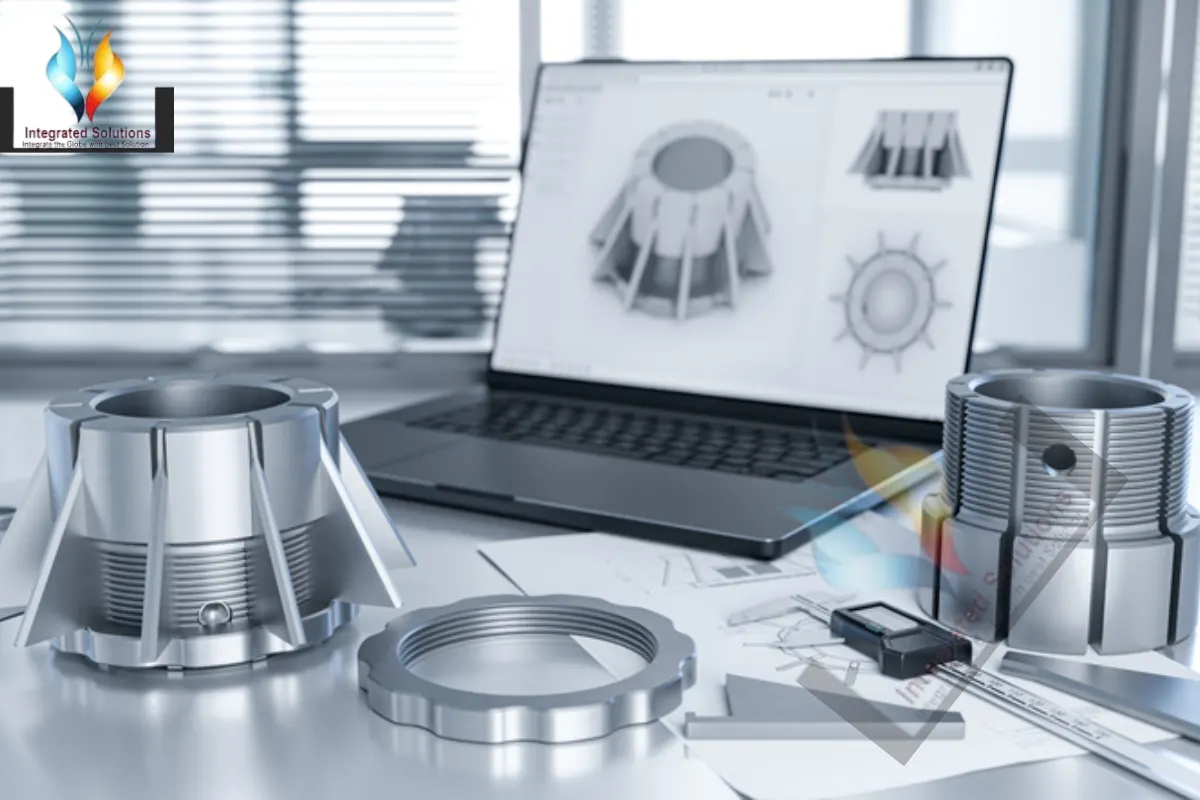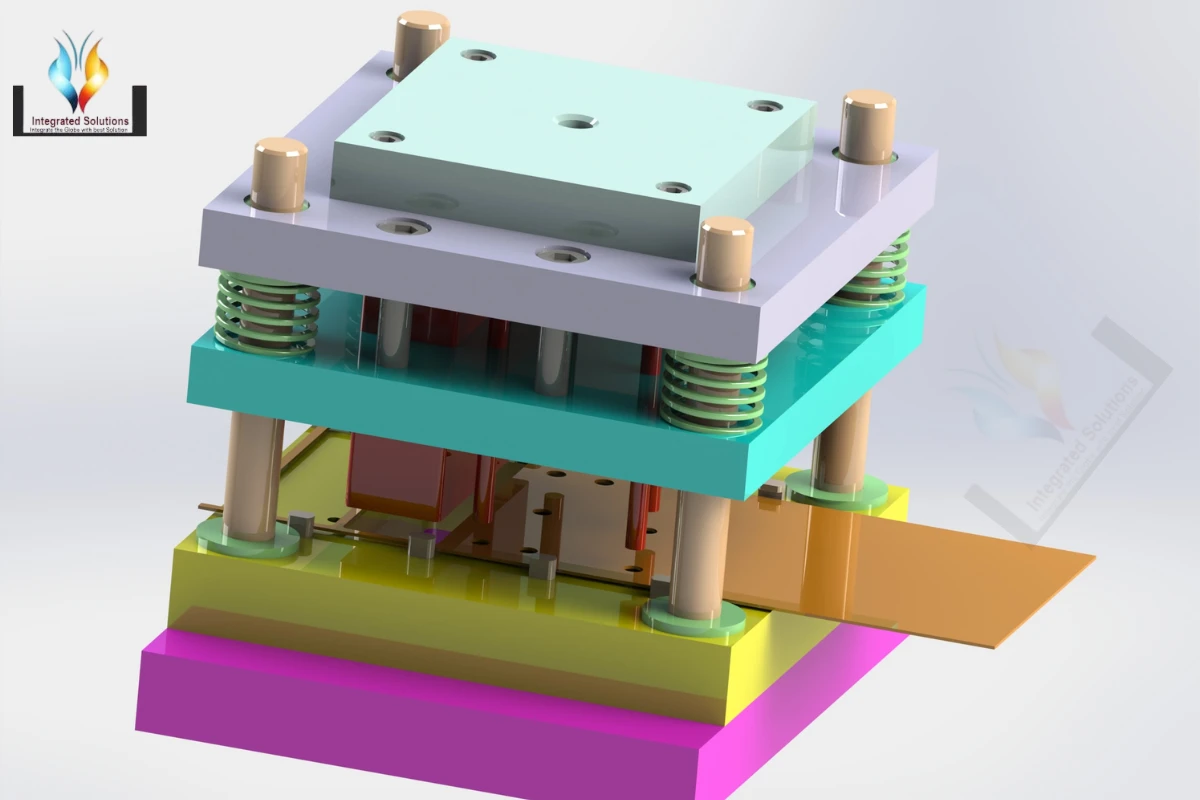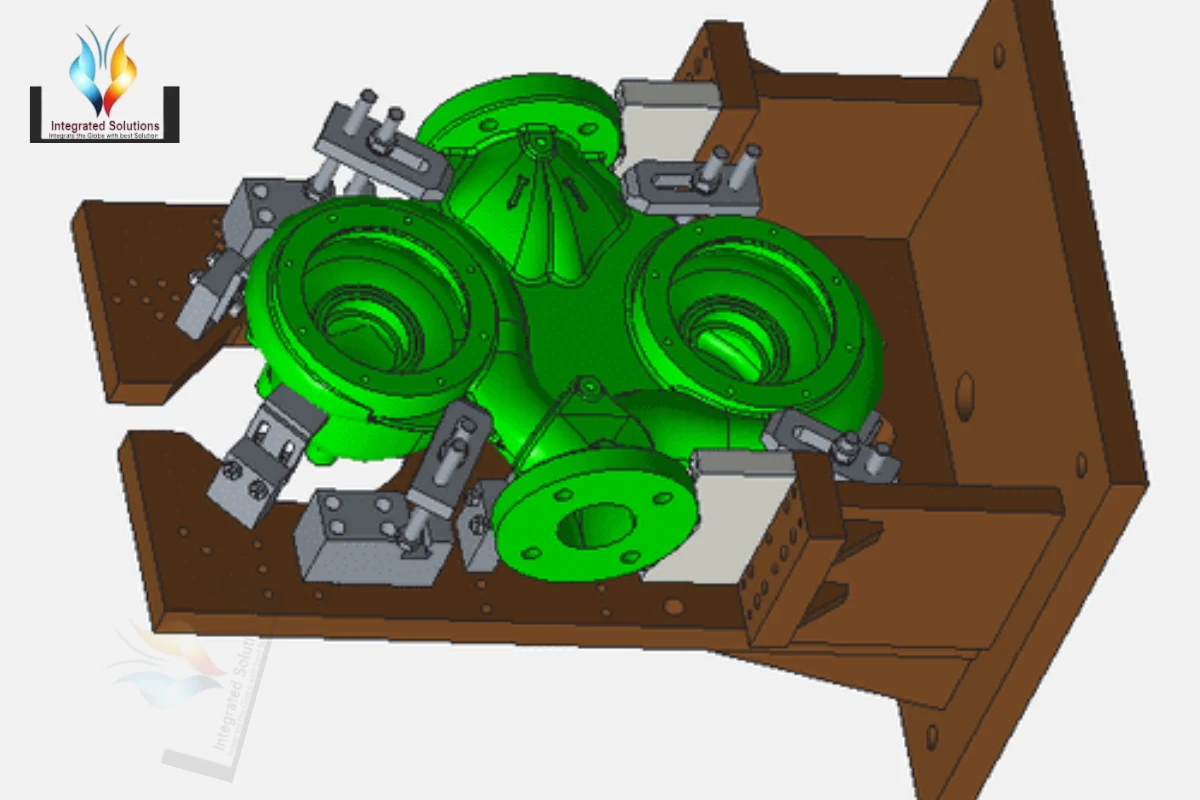🔍 Introduction The Future of Product Development
In today’s fast-moving world of product design, rapid prototyping has become a game-changer. It allows designers, engineers, and startups to turn ideas into physical models quickly and cost-effectively. Whether you’re developing a new gadget, automotive part, or medical device, rapid prototyping helps you visualize, test, and refine your design faster than ever before.
But what exactly is rapid prototyping, how does it work, and why is it so crucial in modern product development? Let’s dive in.
⚙️ What Is Rapid Prototyping?
Rapid prototyping is the process of quickly creating a physical or digital model of a product using advanced technologies such as 3D printing (additive manufacturing), CNC machining, or SLA (stereolithography).
Instead of waiting weeks or months for a traditional prototype, engineers can now produce functional models in hours or days — accelerating the entire product development process.
In simple terms:
Rapid prototyping turns digital design files (CAD models) into real, tangible prototypes you can touch, test, and improve.
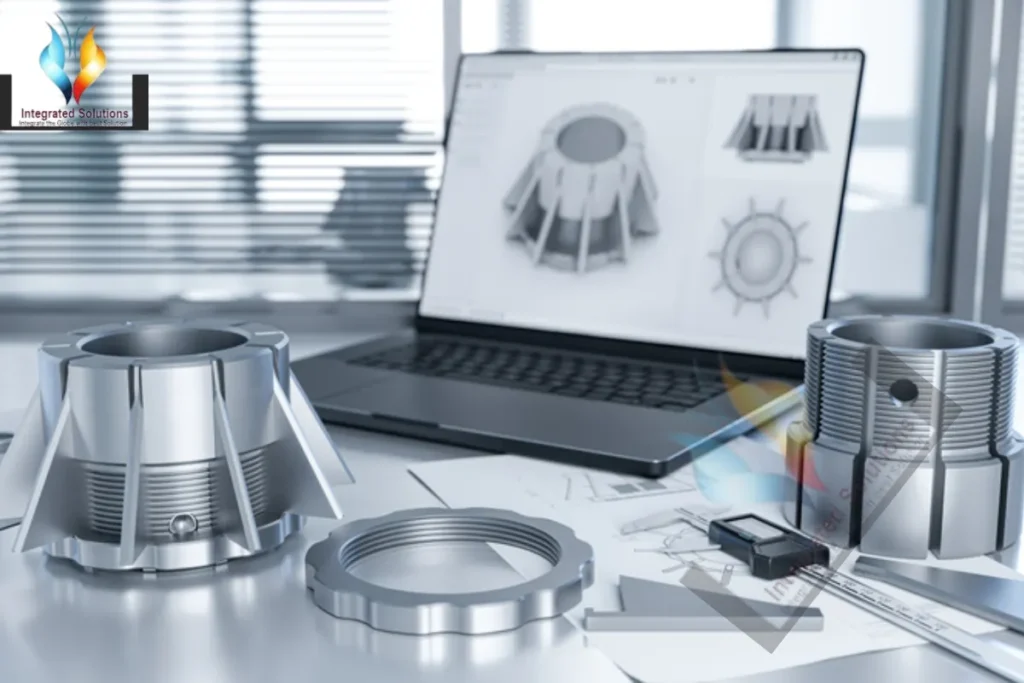
🧩 Types of Rapid Prototyping
There are several types of rapid prototyping technologies, each offering unique benefits depending on your project’s needs.
1. 3D Printing (Additive Manufacturing)
The most popular form of rapid prototyping, 3D printing builds objects layer by layer from materials like plastic, resin, or metal. It’s ideal for concept models, fit-and-function testing, and custom components.
2. CNC Machining
This subtractive manufacturing method uses computer-controlled tools to cut and shape material blocks. It provides high precision and is great for functional prototypes that must withstand real-world testing.
3. Stereolithography (SLA)
SLA uses ultraviolet lasers to cure liquid resin into solid layers. It’s known for high accuracy and smooth surface finishes, often used in medical, dental, and design industries.
4. Selective Laser Sintering (SLS)
SLS fuses powdered material (like nylon) with lasers, making strong and durable prototypes without support structures. It’s perfect for functional parts and low-volume production.
🚀 Key Benefits of Rapid Prototyping
1. Faster Time-to-Market
Traditional prototyping can take months; rapid prototyping reduces that to days. This speed helps businesses innovate faster and gain a competitive edge.
2. Cost-Effective Development
By detecting design flaws early, you save thousands on tooling, materials, and manufacturing adjustments.
3. Better Design Validation
You can test ergonomics, usability, and performance before mass production — ensuring a better final product.
4. Improved Communication
A physical prototype helps teams, investors, and clients visualize the concept clearly, improving collaboration and decision-making.
5. Supports Iterative Design
Rapid prototyping encourages iteration — create, test, refine, and repeat until perfection.
🧠 How the Rapid Prototyping Process Works
Concept & Design: Start with a digital 3D CAD model.
File Preparation: Convert the model into a printable file (usually STL format).
Prototype Creation: Use 3D printing, CNC, or another rapid prototyping method to produce the model.
Testing & Evaluation: Analyze the prototype for performance, usability, and design accuracy.
Refinement: Modify the design based on feedback and repeat until optimal results are achieved.
🧰 Common Applications of Rapid Prototyping
Product Design & Engineering
Aerospace and Automotive Components
Medical Devices and Prosthetics
Consumer Electronics
Architecture and Industrial Design
Educational Research and Training
💡 Why Rapid Prototyping Matters for Businesses
Rapid prototyping is not just a manufacturing shortcut — it’s a strategic innovation tool. It helps companies reduce risk, validate market demand, and accelerate product launch timelines.
For startups and entrepreneurs, it means you can present a working model to investors faster. For engineers, it means fewer design iterations and more reliable testing before production.
🏁 Conclusion: Innovate Faster with Rapid Prototyping
Rapid prototyping has transformed the way we design and manufacture products. By enabling quick, affordable, and precise prototyping, it bridges the gap between imagination and reality. Whether through 3D printing, CNC machining, or SLS, the future of product development is all about speed, efficiency, and innovation.
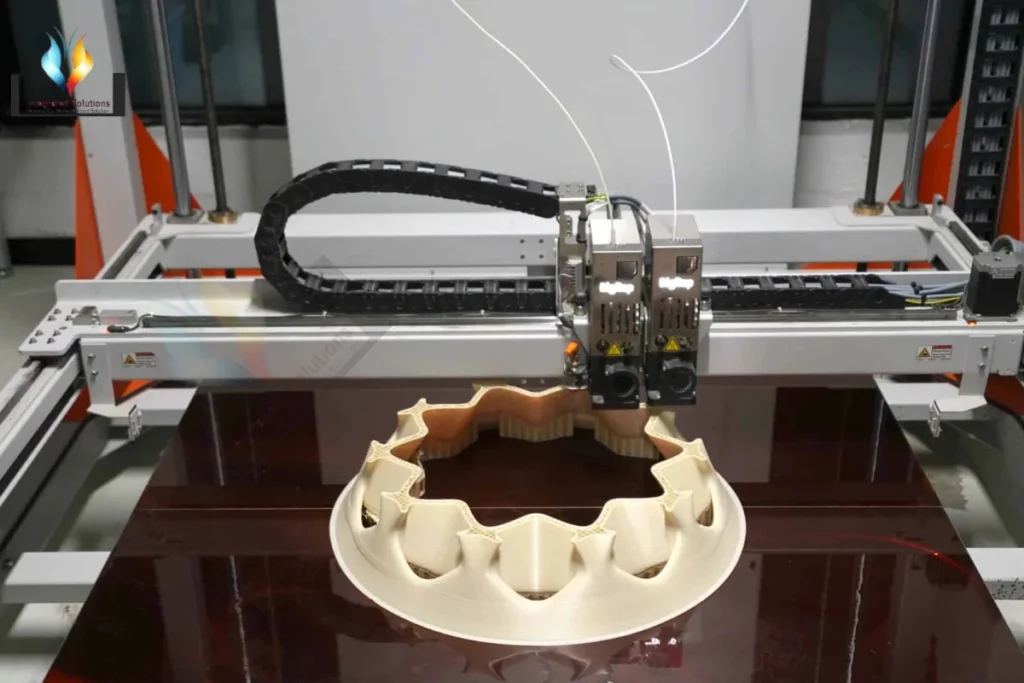
If your goal is to bring ideas to life faster, reduce design risk, and stay ahead of competitors, adopting rapid prototyping is a must.
🔎 Frequently Asked Questions (FAQ)
Q1. What industries use rapid prototyping?
Almost every sector — from automotive and aerospace to healthcare and consumer electronics — uses rapid prototyping to test and validate new products.
Q2. Is 3D printing the same as rapid prototyping?
3D printing is a type of rapid prototyping, but not the only one. CNC machining and SLA also fall under rapid prototyping technologies.
Q3. How much does rapid prototyping cost?
Costs vary depending on material, size, and technology used — but it’s typically far cheaper than traditional prototyping.
Q4. Can rapid prototypes be functional?
Yes! Many rapid prototypes are fully functional, used for testing mechanical, electrical, or ergonomic performance.
